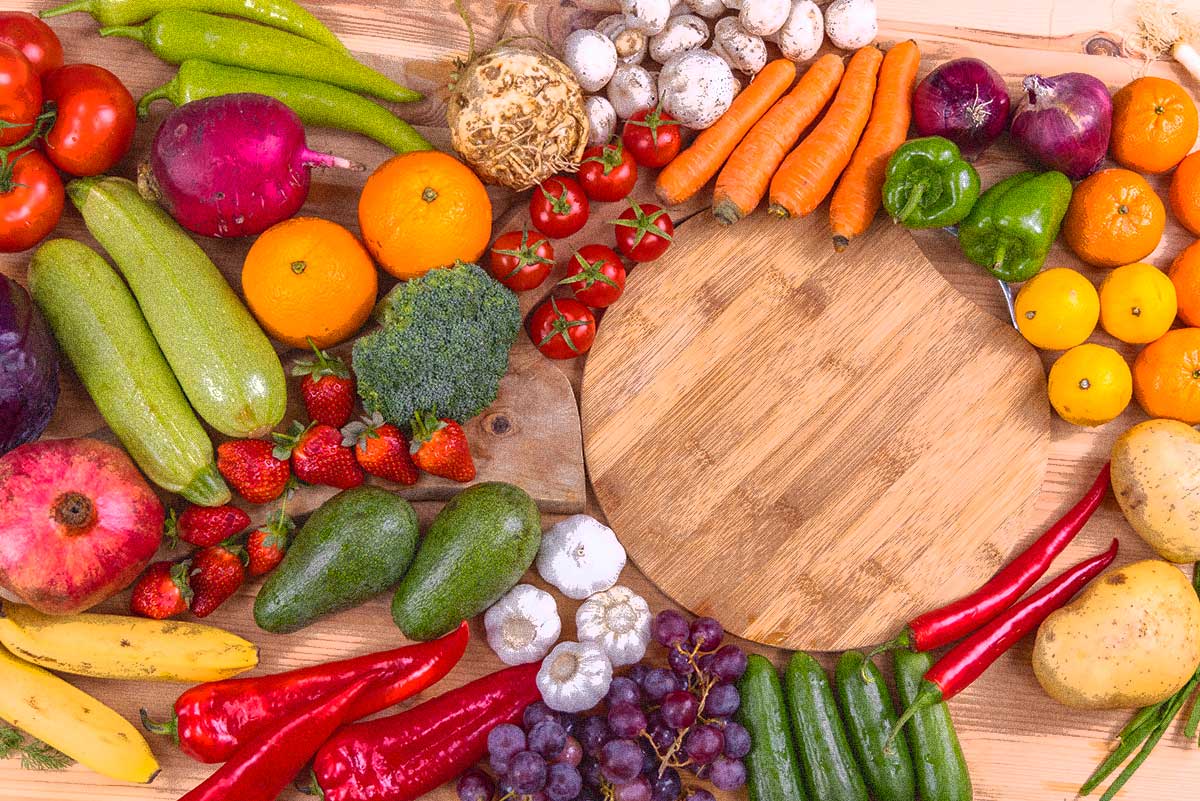Pesticides in Produce: What You Should Know
May 2, 2022
By: Karen Zinka
Categories: Nutrition & Diet
Eating a variety of fruits and vegetables is important for everyday health as each fruit or vegetable contains different nutrients.
Every year the Environmental Working Group (EWG) publishes a “Dirty Dozen” list that names ten produce with the highest levels of detected pesticides present for that year. This list targets everyday consumers and can cause alarm in making choices to purchase certain fruits and vegetables.
While the use of pesticides is necessary to be able to grow crops and feed the world, lists like this pose questions to the everyday person such as: Is our food safe? I thought fruits and vegetables were good for us. Should we be avoiding these ten? The answer is no! Please do not be fooled yearly by this list. Fruits and vegetables are full of vitamins, minerals, fiber, and antioxidants that are needed to combat chronic disease.
Eating a variety of fruits and vegetables is important for everyday health as each fruit or vegetable contains different nutrients. Specifically naming this dirty dozen has resulted in shoppers being less likely to buy any fruits and vegetables all together. Pesticides in general are measured in parts per billion meaning it would take eating a very large quantity to experience any health issues.
Strawberries are number one on the list however, a woman can consume 453 strawberries in one day without any adverse effects. The EWG suggests buying the produce found in the “Dirty Dozen” list in the organic version to reduce the number of pesticides you may consume. Keep in mind, organic farmers also use pesticides. Organic produce also does not differ greatly in nutrient composition compared with non-organic produce. With rising food costs and inflation, this is a choice consumers can make based on their personal budget and preference.
The following guidance can also be used when purchasing and consuming fruits and vegetables:
- Rinse fruits and vegetables before eating with water. Soap is not necessary.
- Choose local as local produce has traveled around less.
- Buy in season to reduce the cost of organic.
- Use this calculation tool to see how much a person would have to consume to experience any adverse effects from pesticide residue.
The Clean Fifteen
Every year to coincide with the “Dirty Dozen” the EWG also publishes a “Clean Fifteen” list that names the fifteen fruits and vegetables that were found to have the least amount of pesticides present. The list is below and can be used for the more conservative eater. Please remember any and all fruits and vegetables are better than none.
Eating more fruits and vegetables has been a long-term recommendation that has not changed over time. The research is conclusive that the benefits from consuming produce can help you live a longer and healthier life while preventing chronic health conditions. The recommendation is still to fill half your plate of fruits and vegetables at every meal!
- Avocados
- Sweet Corn
- Pineapple
- Onions
- Papaya
- Sweet peas (frozen)
- Asparagus
- Honeydew melon
- Kiwi
- Cabbage
- Mushrooms
- Cantaloupe
- Mangoes
- Watermelon
- Sweet Potatoes
Discover more with EWG's 2022 Shopper's Guide to Pesticides in Produce



